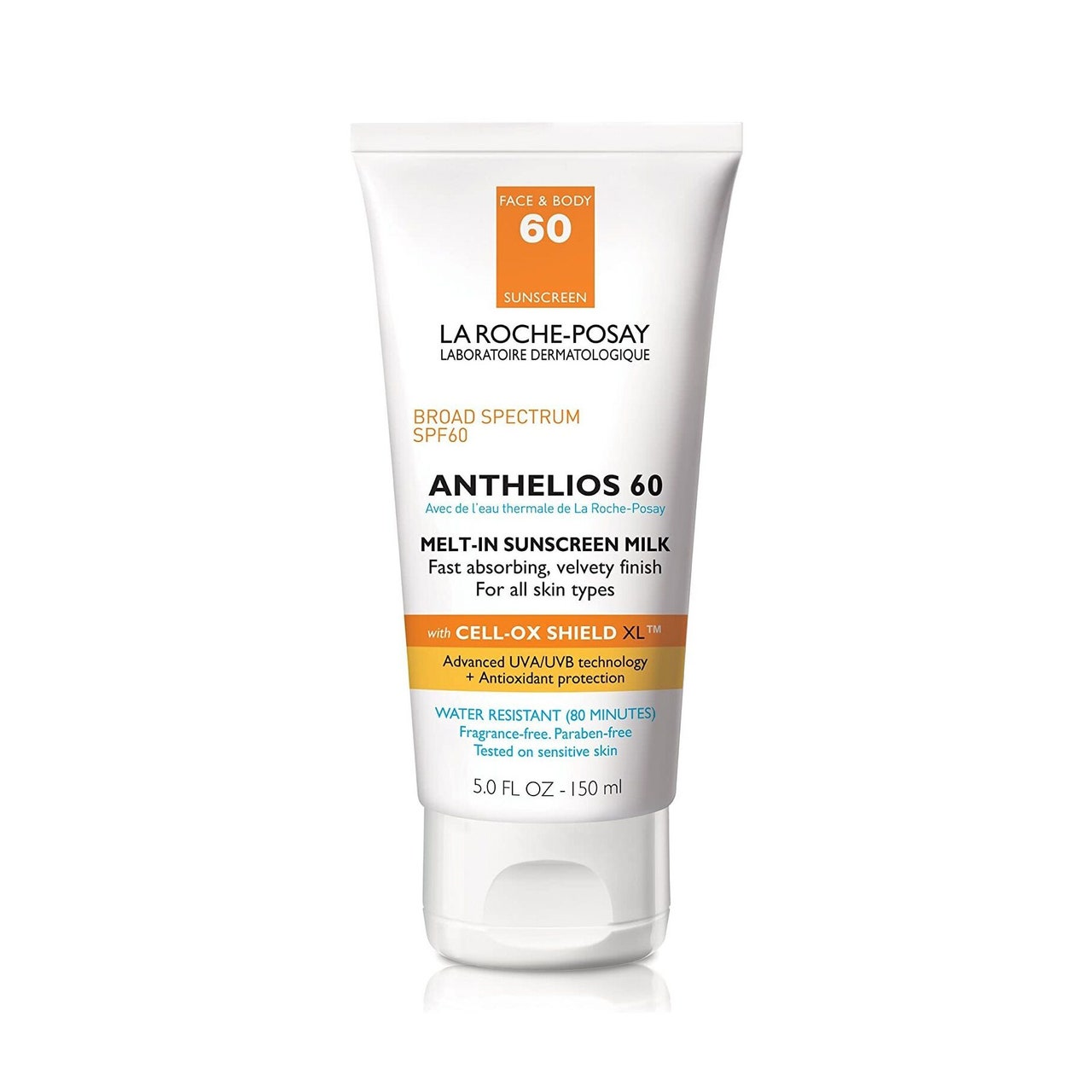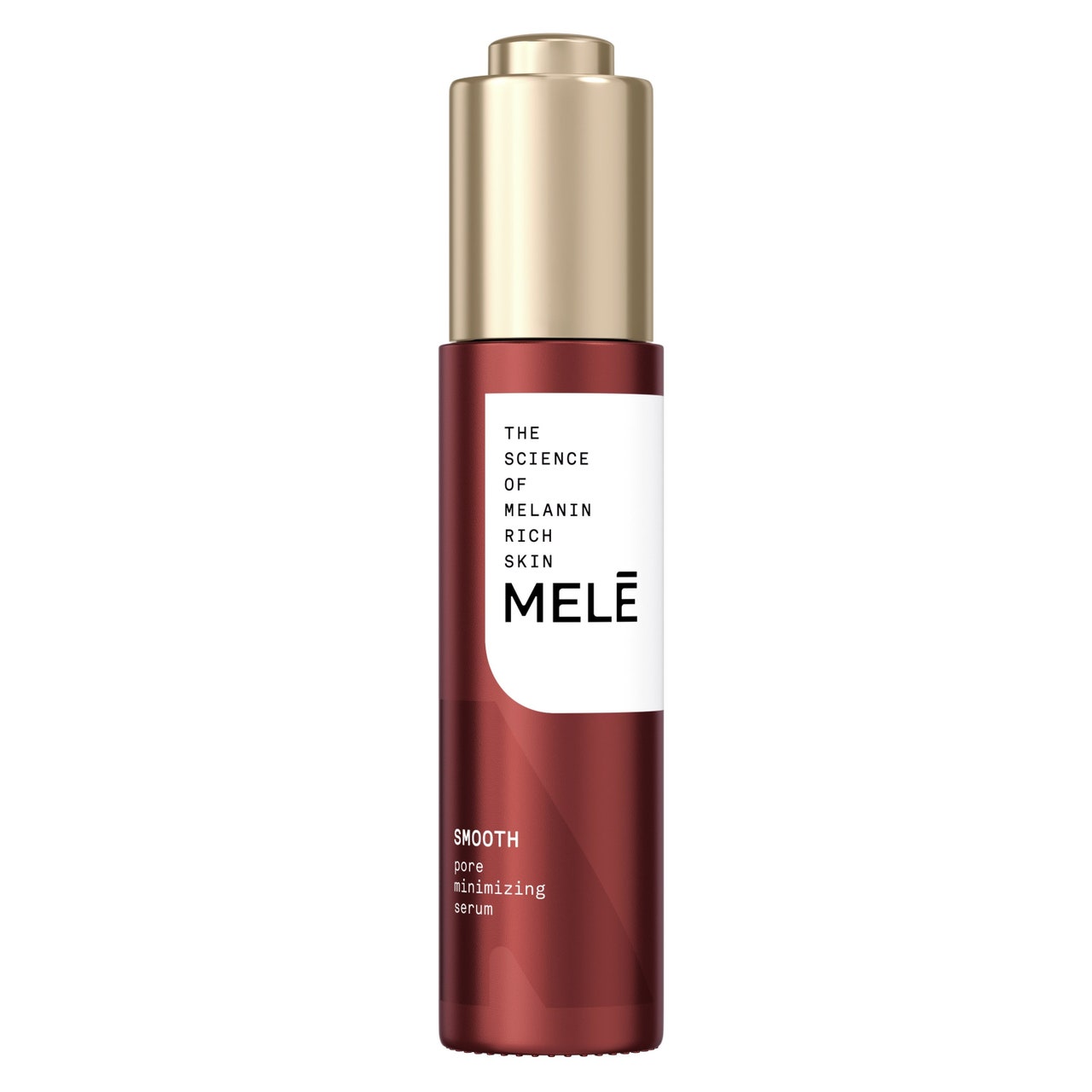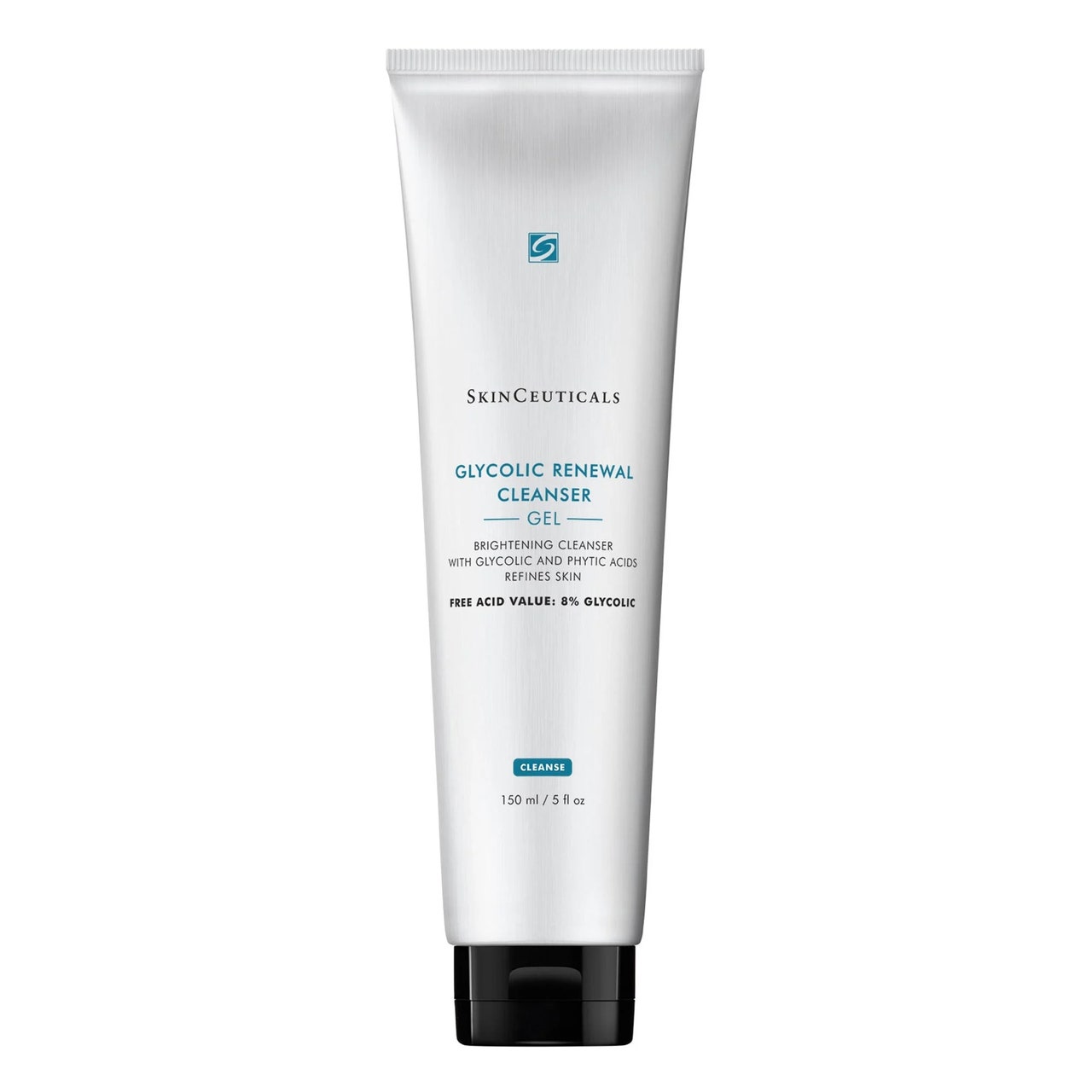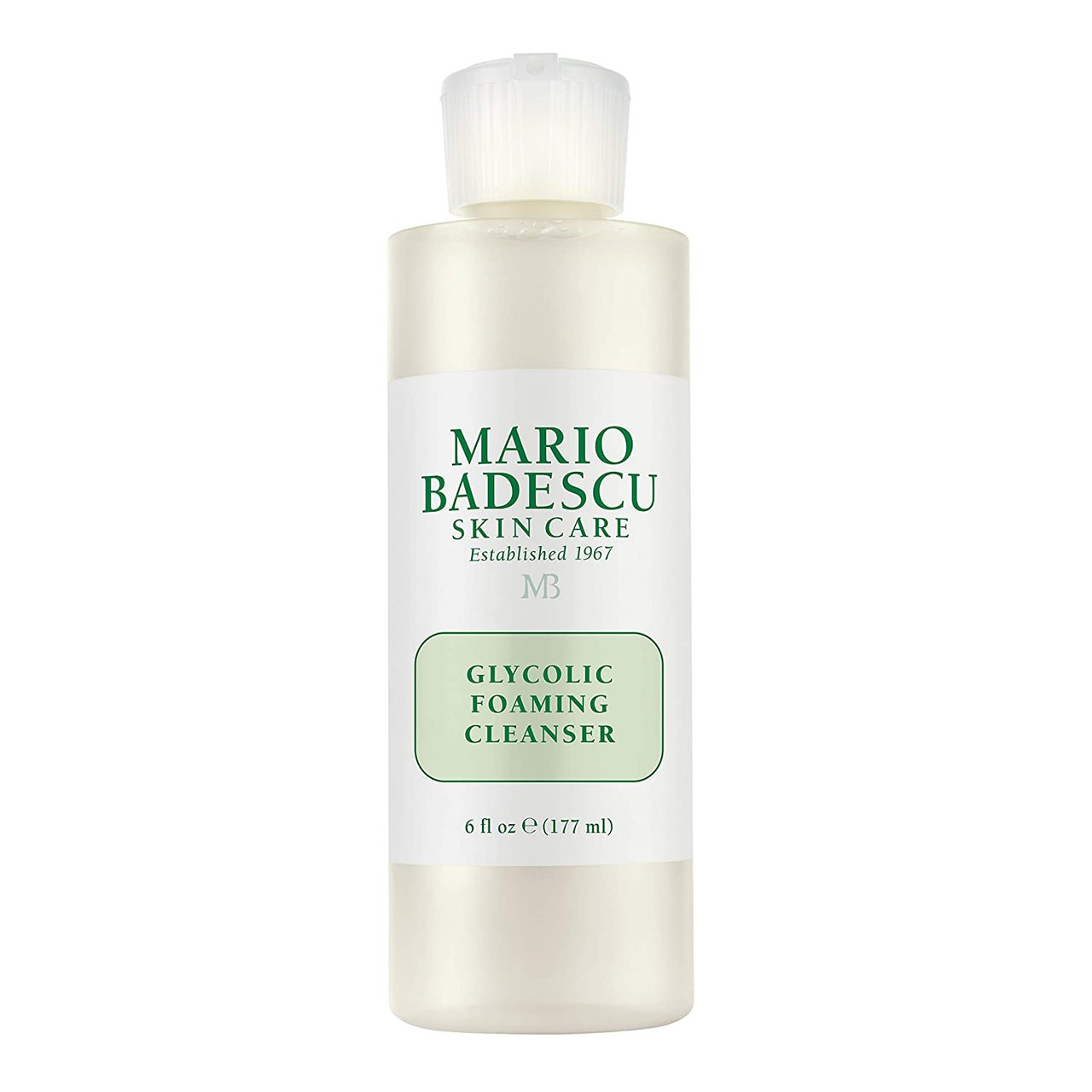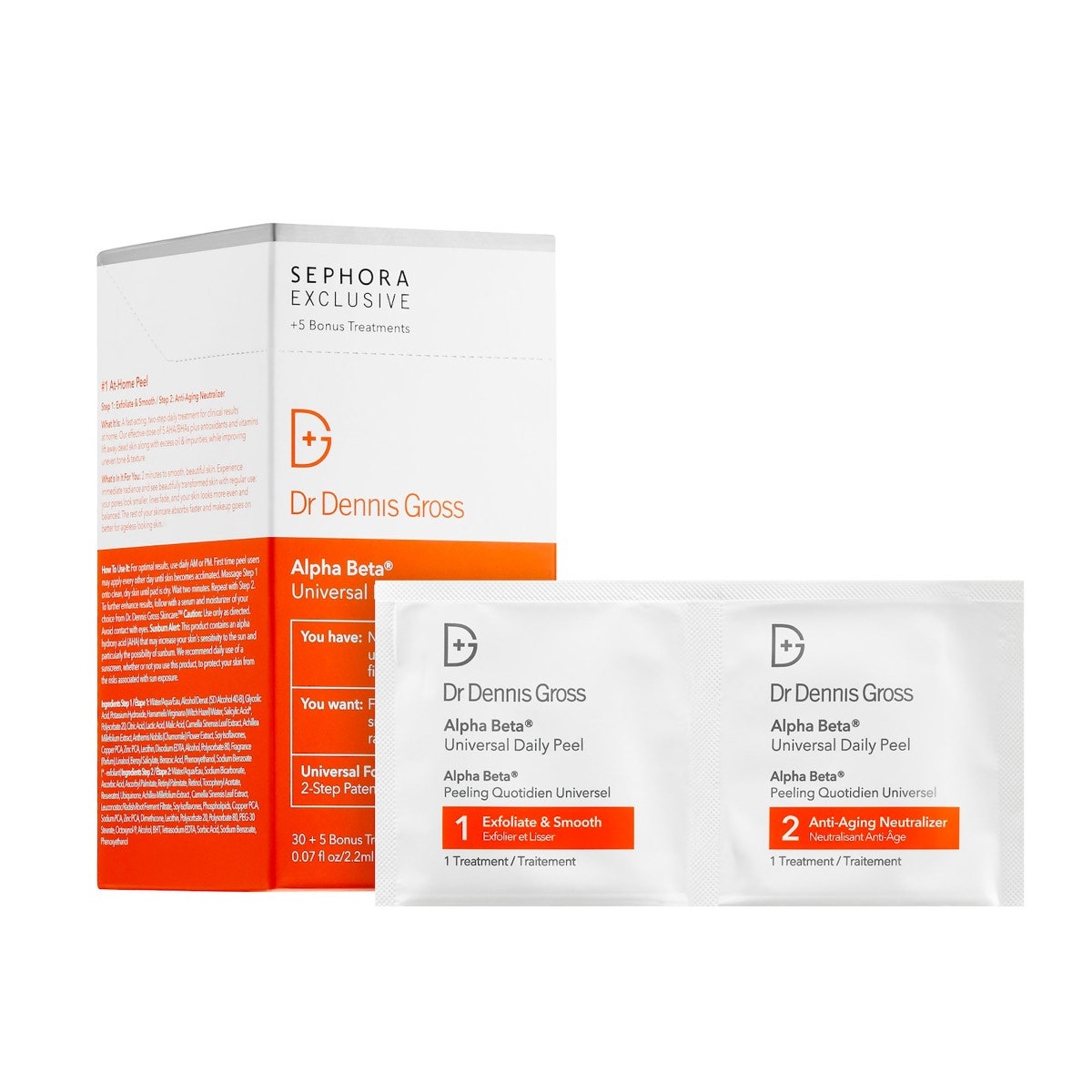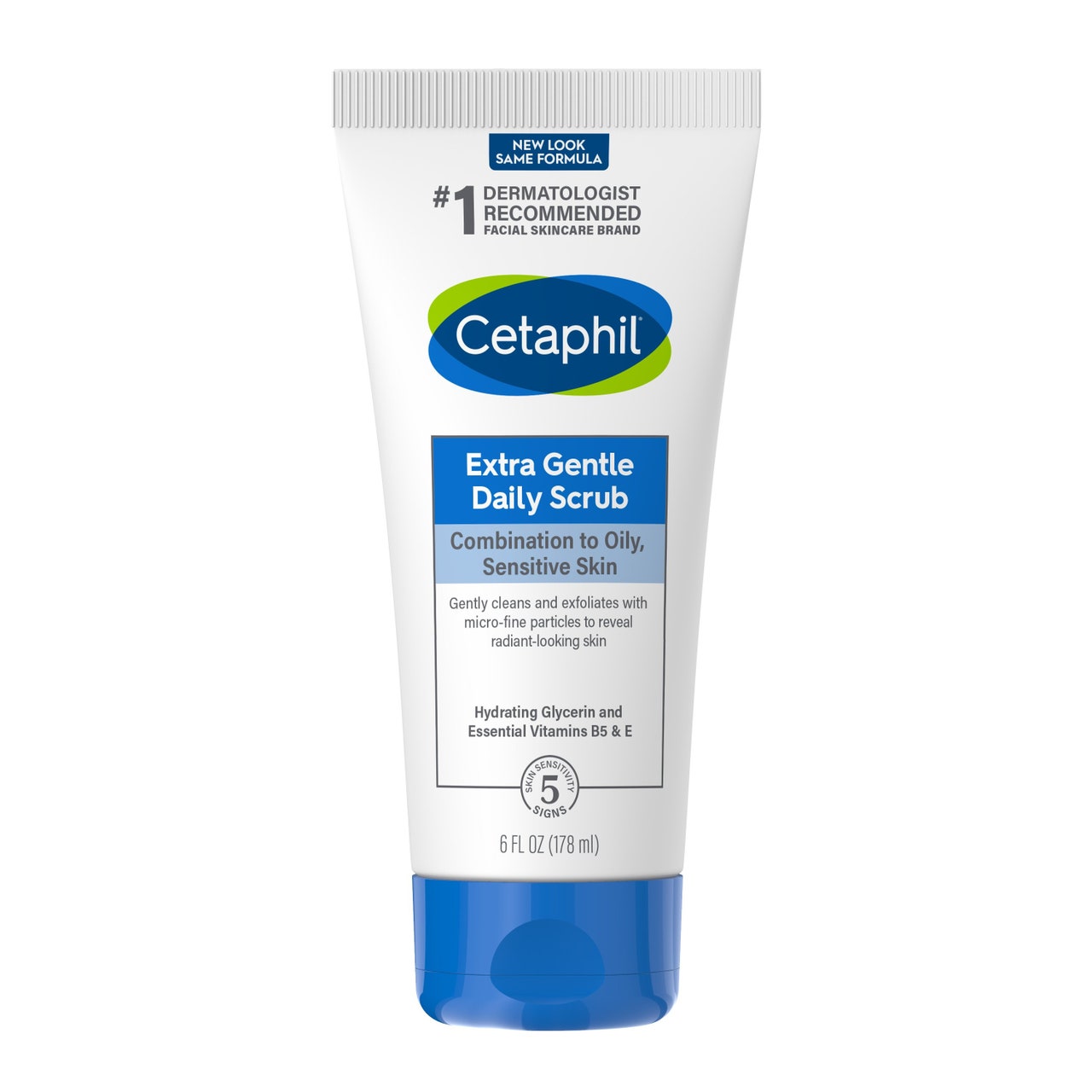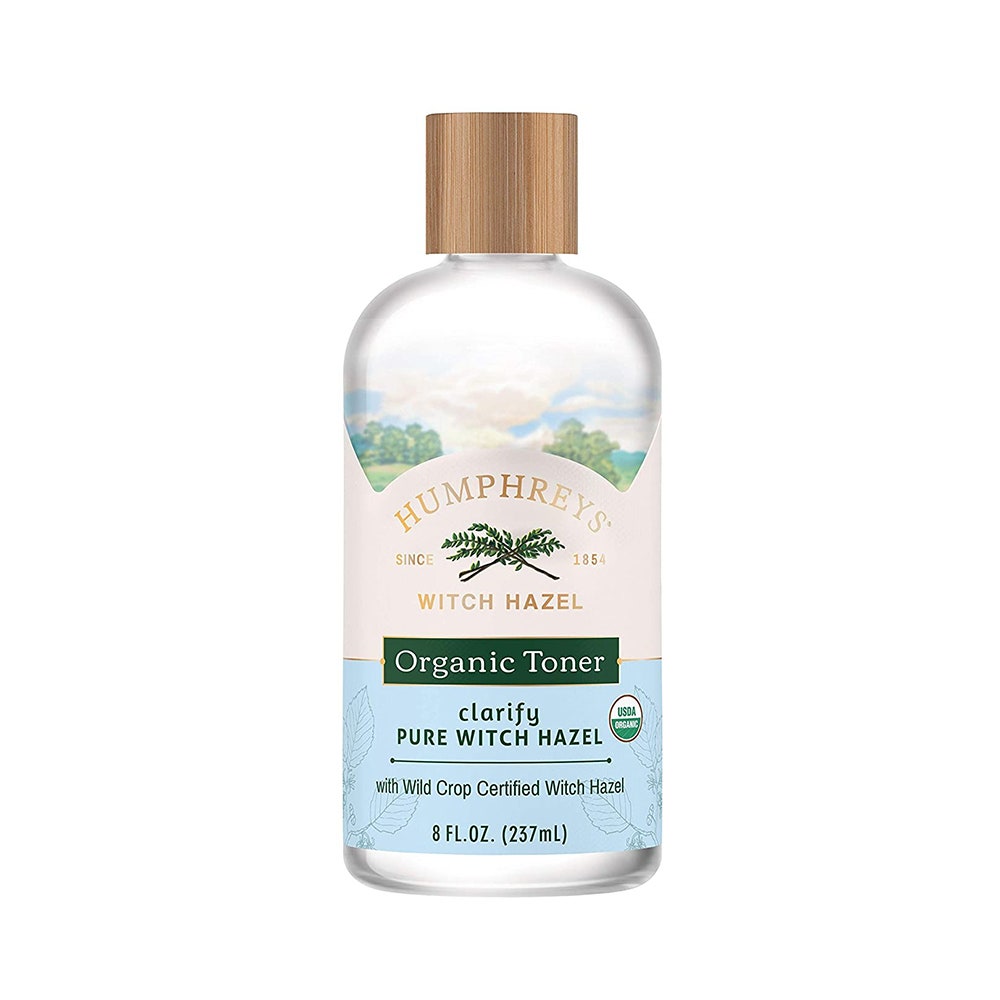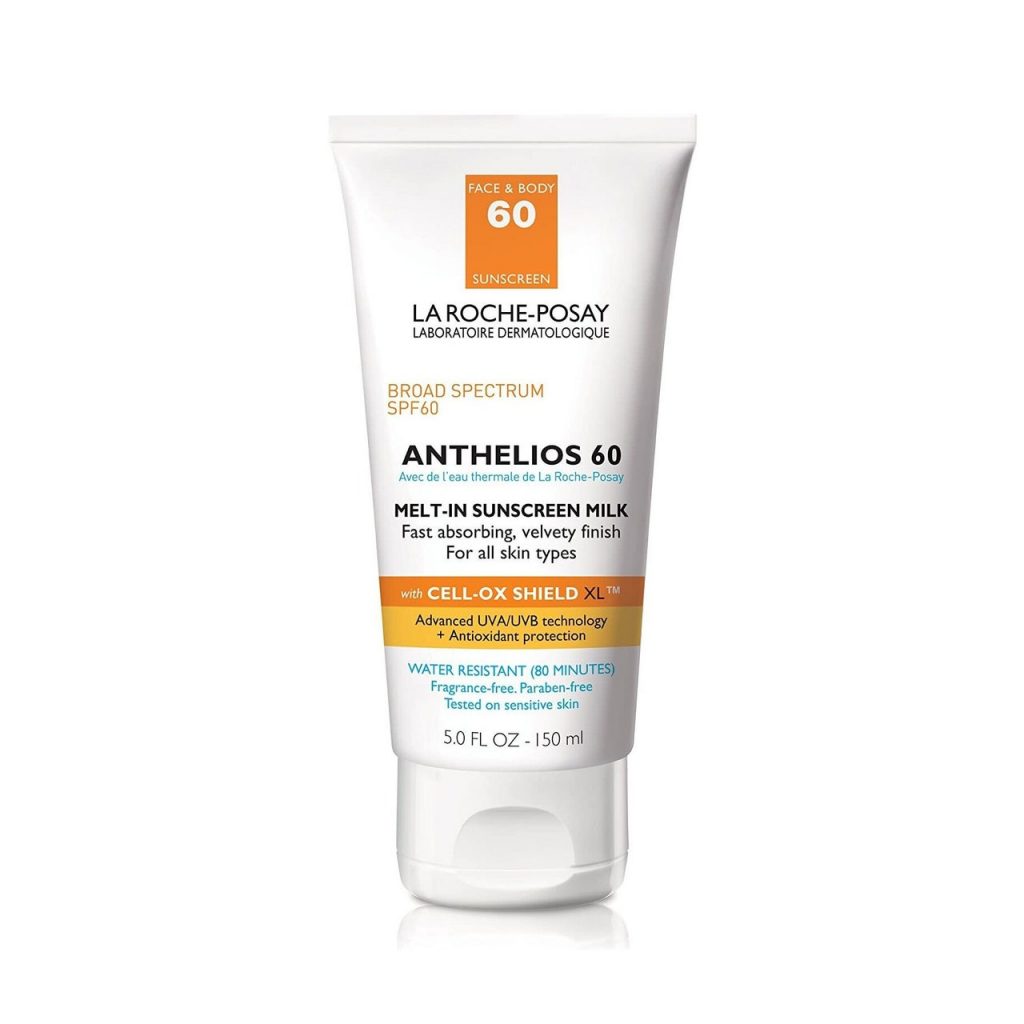
When My Pores Ballooned With Age, I Went on a Mission to Shrink Them
Pores: We all have them. A lot of us have mixed feelings about them. But even though I’ve looked at my own pores in extreme close-up — side note: I no longer use magnifying mirrors — I had no clue what to do about the smattering of pores on my cheeks that seemed to multiply and grow overnight… and I was baffled as to why they were getting more pronounced with age.
“Pores are openings in the skin’s surface — the path oils and sweat take when they exit your skin — and pore size is determined by genetics, but pores can become larger due to loss of elasticity, age, and damage to the support and tissue around them,” says Rachel Nazarian, MD, a board-certified dermatologist in New York City. This can result from — most likely, in my case — sun damage, or from picking or squeezing the skin, she says. “And pores, like any hole, can fill up, and stretch out if filled with too much stuff, or for too long — and like the rest of skin, can sag and bag with too much sun.”
Now here’s something that really surprised me: Your pores can look different at different times of the year. They tend to look bigger in the summer (when warm weather dilates blood vessels) and colder in the winter (when blood vessels constrict).
Meet the experts:
Now for the good news: All those summers at the beach or all those nights you dove into bed without washing your face do not mean your pore fate is already sealed. “The interesting thing about pores is that if you can unclog them, and take care of them, they’ll actually look smaller and get smaller,” says Dr. Nazarian. “So the best way to approach this topic is to discuss the two methods of treatment: One is to make pores look smaller. The other is to actually make them smaller.”
Wear Sunscreen
“Sun is a complete pore-size enlarger,” says Dr. Nazarian. “Collagen helps to support smaller pores, and gives plumpness to your skin — the sun breaks it down and can make pores larger and in some ways “baggier.” Every skin type should be using sunscreen to address pore size, and preserve healthy skin.” My own go-to right now is La Roche-Posay Anthelios Melt-In Sunscreen Milk SPF 60 because it wears more like an elegant moisturizer than a sunscreen, and it has a high SPF.
Scan Ingredient Lists
Niacinamide and coumarin are two antioxidant, anti-inflammatory ingredients that “can prevent enlarging of pores over time,” says Dr. Nazarian, adding that Mele Pore Minimizing Serum contains both. I also like Charlotte Tilbury Charlotte’s Magic Serum Crystal Elixir and have been using it ever since cosmetic chemist Ginger King told me about how the niacinamide in it could help with minimizing pores (she also said it would take about four to six weeks, at least, to see results from the serum overall, so this is an ongoing experiment…)
Another Win for Retinol
“In the same way that retinols — vitamin A-based topicals — work for wrinkles, they can minimize pores by plumping up skin by increasing collagen,” says Dr. Nazarian. This is not the treatment I’m trying — retinols can be irritating on sensitive or dry skin, which mine tends to be — but they are well-suited to oily or acne-prone skin, especially, says Dr. Nazarian. For a solid drugstore option with retinol, she likes Ponds Rejuveness Advanced Hydrating Night Cream.
Tone Up
Sebum plays a role in healthy skin, but it’s also true that excess sebum lingering on your skin can lead to enlarged pores. “After cleansing, use a gentle toner to balance the pH of the skin barrier and remove lingering oil,” says Dendy Engelman, MD, a board-certified dermatologist in New York City. She likes Humphreys Witch Hazel Toner.
Look for Acids
Glycolic acid, salicylic acid, and lactic acid — in cleansers, lotions, or chemical peels — can all minimize the appearance of pores over time. “Chemical peels help to make the surface of the skin look smooth, which minimizes the appearance of pores, but also clean pores out and allow them to actually shrink by helping to lift off the dead skin cells which can accumulate and clog them up,” says Dr. Nazarian. “There are gentle at-home peels — which work, but require consistency — and in-office ones which are stronger, but still require multiple sessions. Some chemical peels at home can be done weekly, while in-office chemical peels should be limited to once monthly for most skin types.”
Try a glycolic acid face wash, like SkinCeuticals Glycolic Renewal Cleanser or Mario Badescu Glycolic Foaming Cleanser, or a peel weekly. Dr. Dennis Gross Alpha Beta Daily Universal Peel is a classic, so much so that one box still sells every two seconds.
